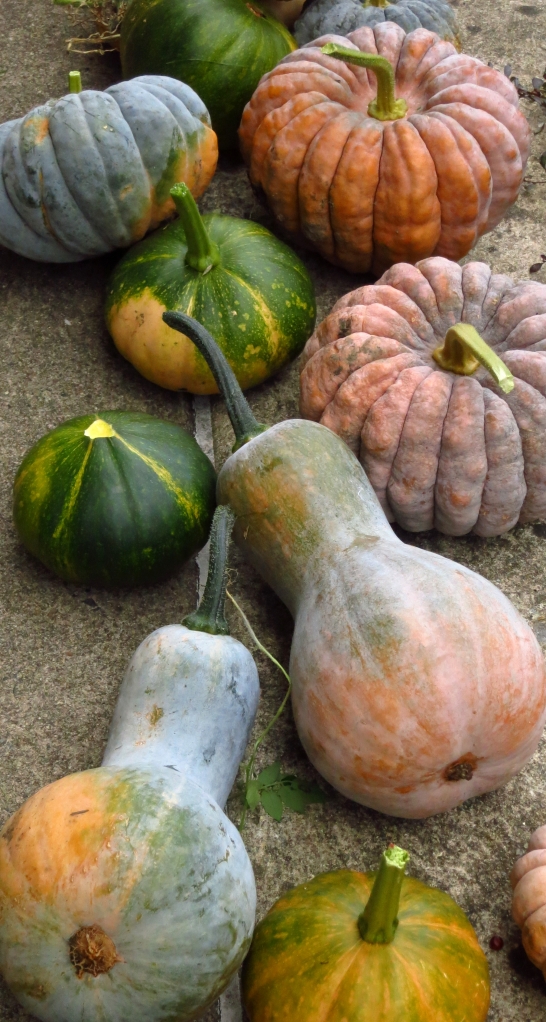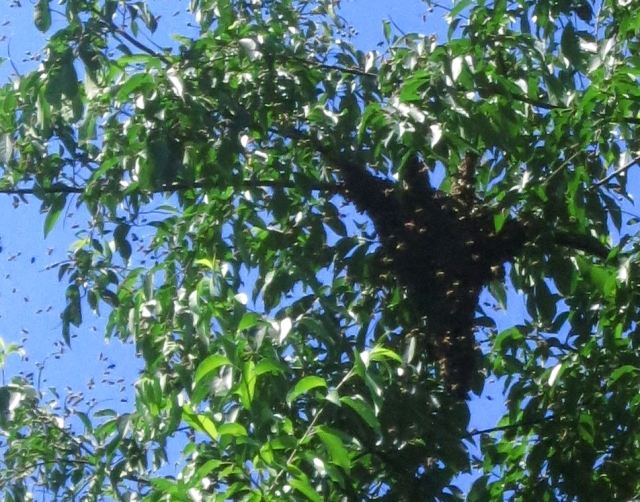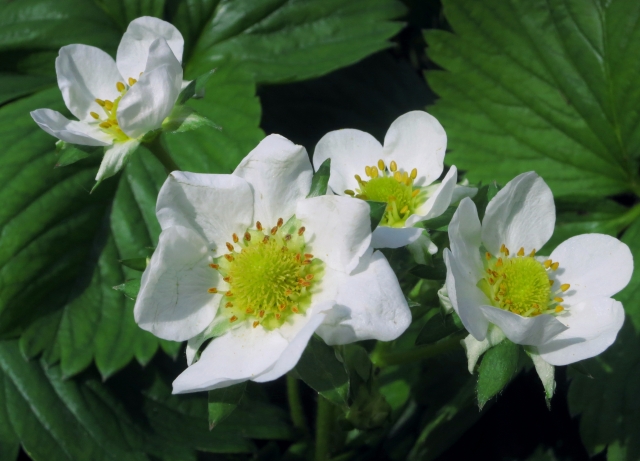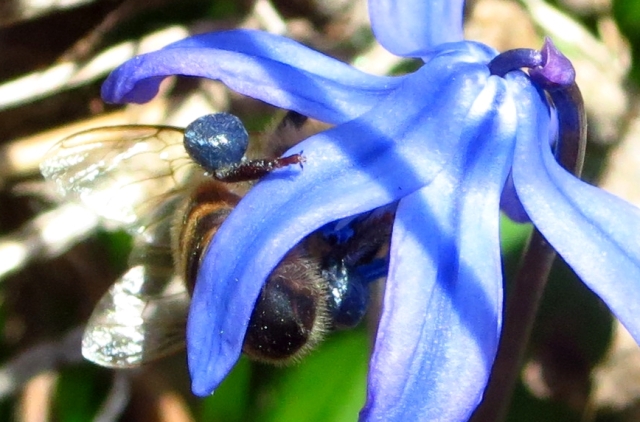Reducing waste, increasing diversity, and developing resilient, regenerative systems are goals we have for StellaLou Farm. With these goals in mind, educational opportunities tend to pop up on my radar.
This one is, certainly, relevant: “The Whys and Wherefore of Biogas Systems: Natural Gas without Fracking.” The presentation begins at 7:00 on January 28, 2014 in Breinigsville, PA. It is being presented by Bob Hamburg and hosted by The Mid-Atlantic Renewable Energy Association (MAREA). Bob studies, designs, and installs “dragons” for the production of renewable energy through the process of anaerobic bio-digestion. His work, inherently and enthusiastically, incorporates education and the promotion of whole system regenerative design in small and large-scale agriculture.
Bob does not ever describe bio-gas production as a linear process. He builds one’s understanding of bio-digestion through examples of integrated cycles and processes. The real potential of bio-digestion is discovered in sustainable symbiotic relationships established between agricultural elements such as farm animals, fish, plants, ponds, greenhouses, homes, people and, of course, dragons!
Here is a quote from Bob’s website: “I suggest that dragon husbandry offers a sustainable means for management of the semi-cycle of return so as to develop an increasing spiral of biomass and diversity.”
(The following event description comes straight from the MAREA website.)
For details regarding location, please follow this link.










































